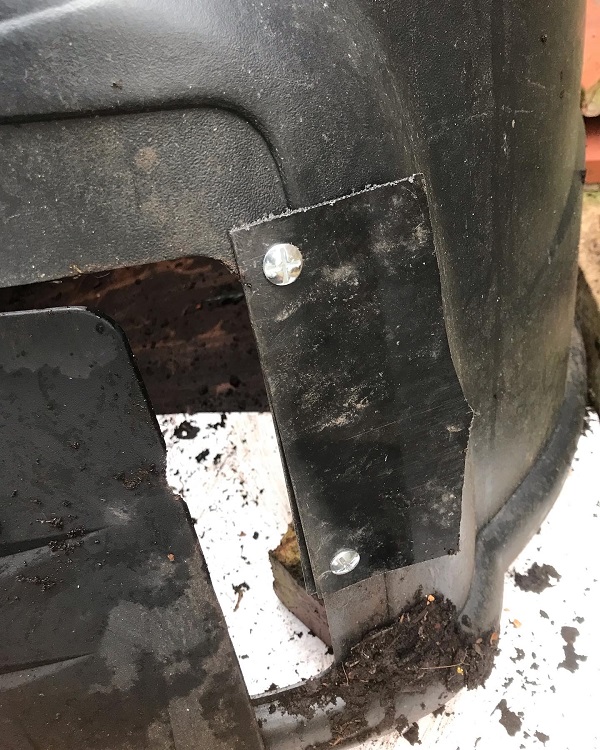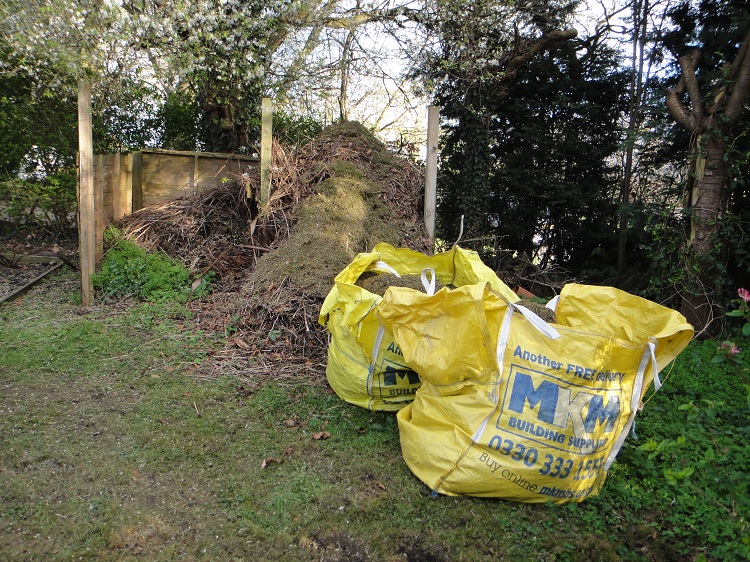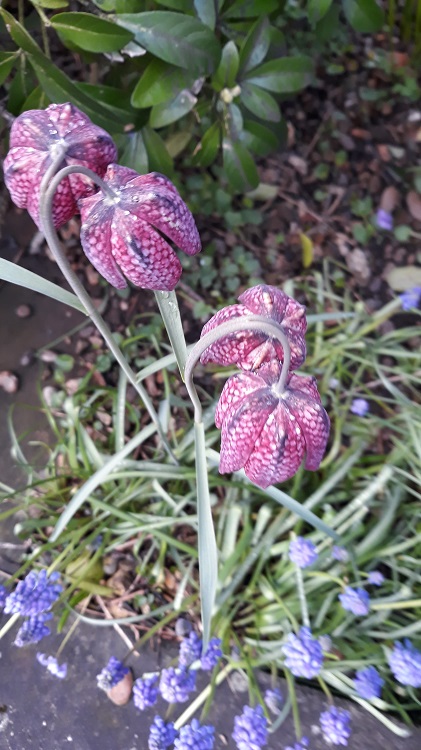
Fritillaria meleagris
Today, I have some lovely pictures that members of the Tuesday Gardening Club have sent for sharing (and I’ve just received some more, but I’ll save those for a day or two!)
These fritillaria meleagris, growing through the grape hyacinths, are such charmers. They are the type species for the genus Fritillaria. I wonder whether the Roman dice boxes, for which they are named, were so pretty?
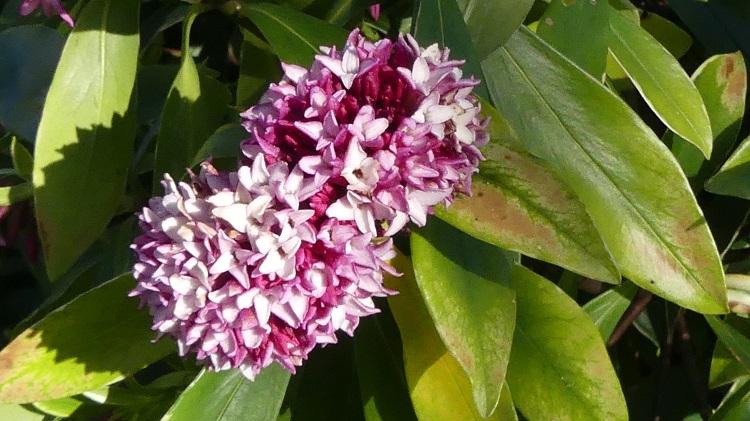
Daphne odora
Our remaining pictures ae from a different pair of gardeners in the group. Here’s Daphne odora, such a lovely fragrance on a warm spring day.
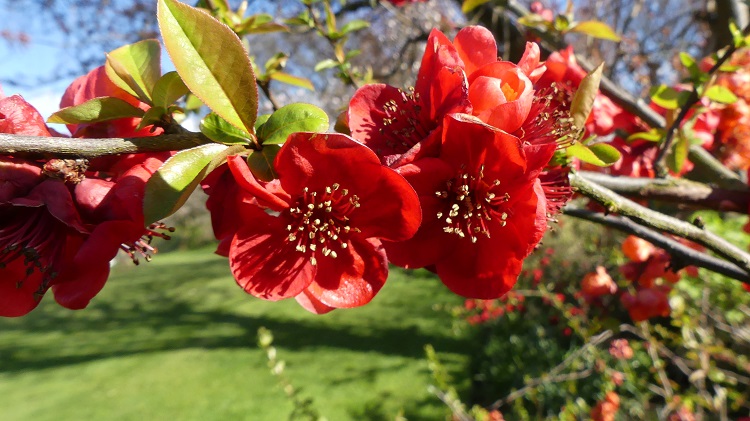
Chaenomeles japonica
And here’s the gorgeous pillar box red Chaenomeles japonica. Some of them have quite vicious thorns, and some have none at all. I’ve never quite worked out what the difference is.

Multiflora hyacinths
It seems that someone took up my recommendation for these additions to the spring garden… :~))

Correa reflexa
A pretty foreigner, Correa reflexa AGM, or the Australian fuchsia is, of course, not a fuchsia at all, but a member of the Ruta family – the Rues. Someone definitely isn’t going to rue this purchase (pun possibly should be deleted!). From memory, I think these gardeners have had it for at least a couple of years. The RHS describes it as H3, or half hardy, a conservatory or greenhouse plant, but I think it has wintered outside. I must check…
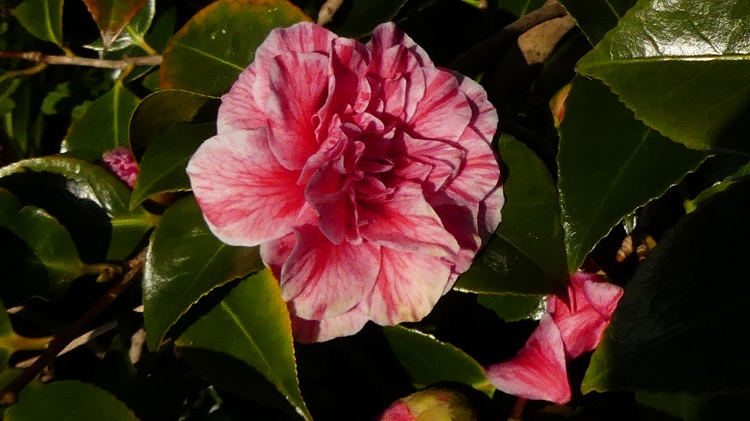
Camellia
I’m hesitant to query this lovely camellia. The name that came with it was ‘Irrational Beauty’, but I can’t find one of those. I can only find ‘Irrational Exuberance’. I’ll check on that when I see the gardeners lucky enough to have it!

Daffodils
I’ll have to ask about this one, too. It came with the name Narcissus ‘ Lemon Beautiful’. I can’t find that. There is a ‘Lemon Beauty’, but that’s a split corona narcissus with a lemon and white trumpety bit that’s divided and a little curled. These immensely cheerful flowers look rather like ‘Ice Follies’ to me, so I shall have to ask…

Ribes sanguineum
This shrub from North America used to be very popular, but is seen much less frequently now. I’m sure it’s time will come again, despite a lot of people thinking that it smells of cat wee. In that case, the answer is simply to stay a foot or two away! Admire it from afar. It’s so tough and reliable, and such a cheery flowerer in early spring, it deserves to be popular again.

Oemleria cerasiformis
This member of the Rose family is a very early flowering shrub from western North America. It has male and female plants, and it’s the females that carry the berries that give it the common name of Oso berry. It also has a lovely almond scent.
Thank you to members of the Tuesday Gardening Club for sharing their spring beauties with us.












